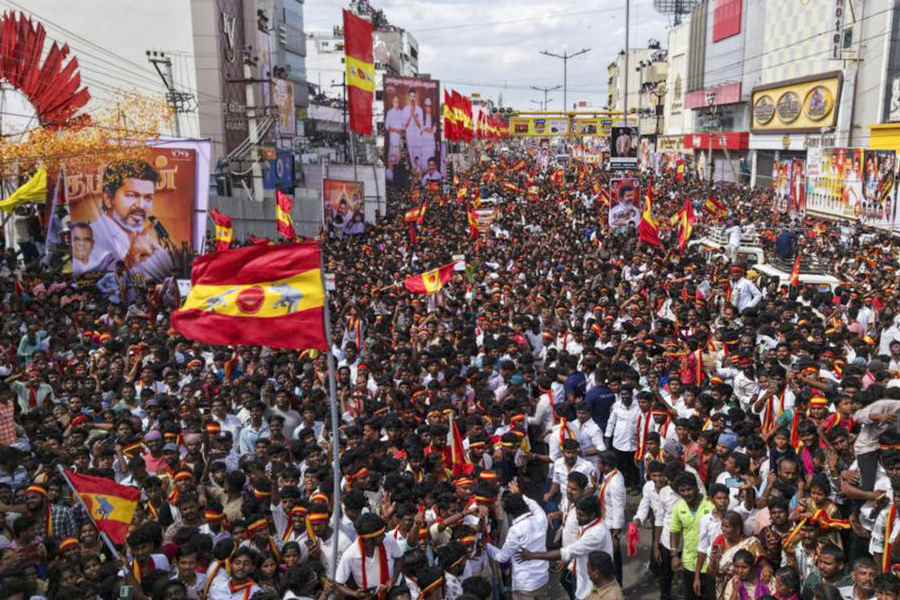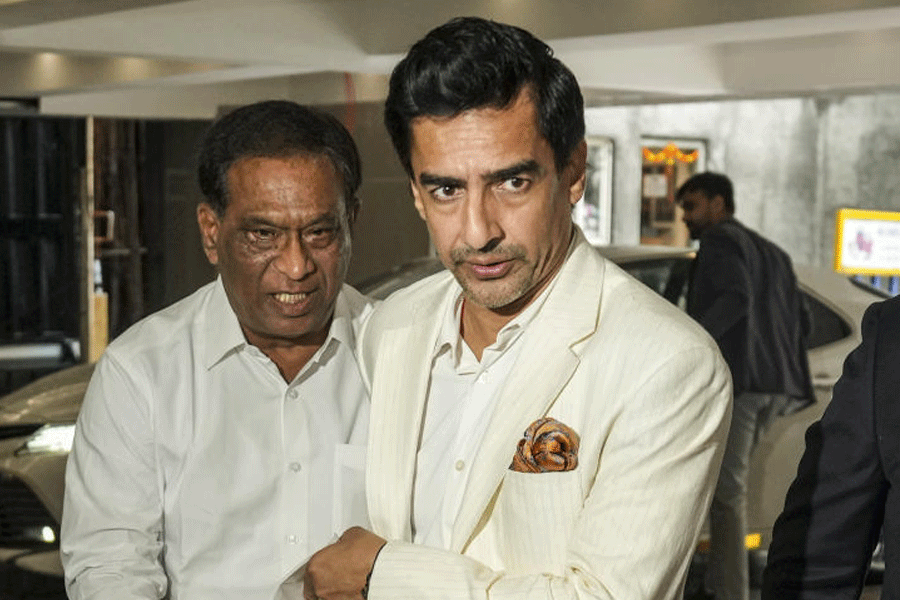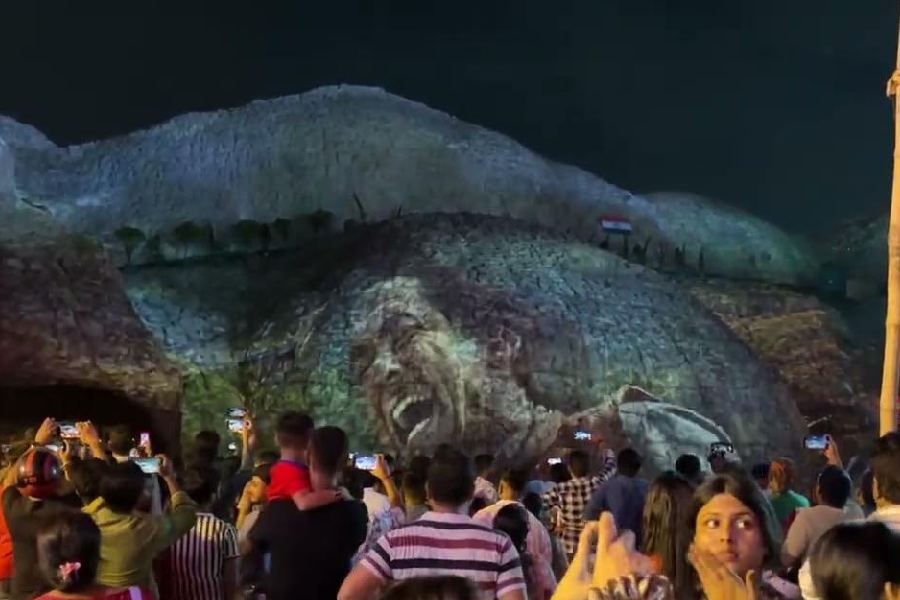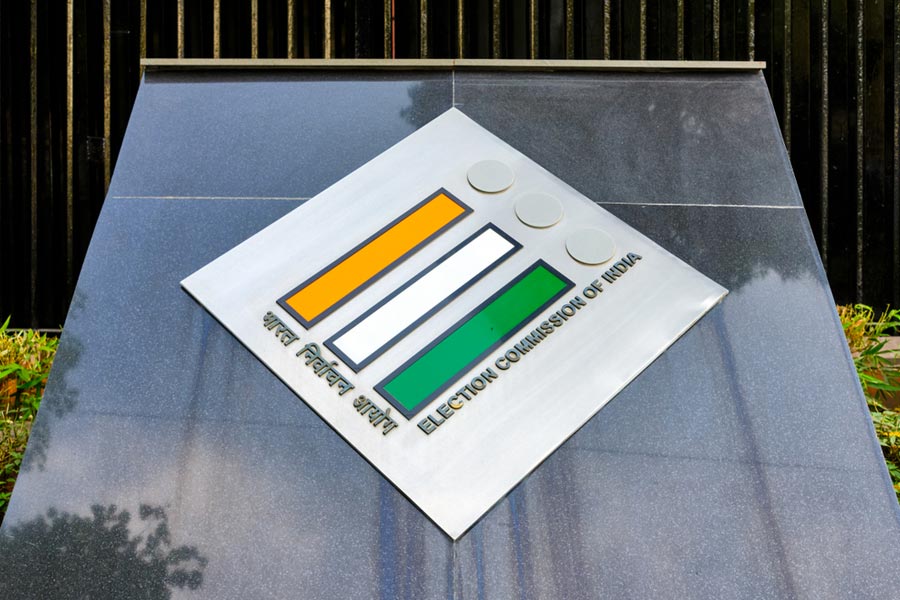 |
| jjjjjjjjjjjjjjjjjjjjjjjjjjjjjjjjjjjjjjjjjjjjjjjjjjjjjjjjjjjjjjjjjjjjjjjjjjjjjjjjjjjjjjjjjjjjjjjjjjjjjjjjjjjjjjjjjjjjjjjjjjjjjjjjjjjjjjjjjjjjjjjjjjjjjjjjjjjjjjjjjjjjjjjjjjjjjjjjjjjjjjjjjjjjjjjjjjjjjjjjjjjjjjjjjjjjjjjjjjjjjjjjjjjjjjjjjjjjjjjjjjjjjjjjjjjjjjjjjjjjjjjjjjjjjjjjjjjjjjjjjjjjjjjjjjjjjjjjjjjjjjjjjjjjjjjjjjjjjjjjjjjjjjjjjjjjjjjjjjjjjjjjjjjjjjjjjjjjjjjjjjjjjjjjjjjjjjjjjjjjjjjjjjjjjjjjjjjjjjjjjjjjjjjjjjjjjjjjjjjjjjjjjjjjjjjjjjjjjjjjjjjjjjjjjjjjjjjjjjjjjjjjjjjjjjjjjjjjjjjjjjjjjjjjjjjjjjjjjjjjjjjjjjjjjjjjjjjjjjjjjjjjjjjjjjjjjjjjjjjj |
Babumoshai, rosogolla and lal par shadharon sari — are all integral parts of the Bengali iconography (thanks to an universal indicator —silver screen) which, when used or abused, encompass a plethora of people, who are either bongobashi or bongobhasi. And Durga Puja is just the time when the three seem to come together seamlessly. It’s the Bengalis, who re-define Sarbojonin (including all) Durgotsav or public celebration. In Calcutta, they take their puja seriously. There are estimated 3,000 pandals (and counting) that are set up during the five days, but the Bengali diaspora spreads far and wide. The frenzy’s no less in Jharkhand. Here, too, it’s lights, pandals and action. Before that time of the year sets in, The Telegraph team went snooping around Jamshedpur and Ranchi to see if Ma was being treated fair and square. Translation: do Bengalis really know the Durga Puja before they coin it as a “mother of all events”?
We will let our readers judge…
Mukti (State Bank of India employee, Ranchi):
Could you tell us something about puja rituals?
On Shashthi, kola bau is worshipped. She is dressed as a bride and brought to the puja pandal by priests and male members. It is followed by beli baran, when priests give final touches to the goddess’s statue.
On Saptami, kalash sthapana is done. For the Bengalis, Ashtami has a great significance. On this day, young girls are worshipped, which is called Kumari Puja. On the same day, at a particular time when Ashtami concludes and Navami begins, special sandhi puja is offered. As for Navami, kichdi bhog is distributed. On the last day (Dashami), we look at the goddess’s reflection in a mirror. It’s considered to be auspicious.
Why is there no puja in the afternoon?
The time around 12 is considered to be odd, when no good thing may be done. Bengalis call it bar belaa. Since worship is an auspicious practice, we do not do it in the afternoon.
Subir Lahiri (private sector official, Ranchi):
Why is there no puja in the afternoon?
There is no difference between morning and evening pujas. Durga Puja is intrinsically fun. It has a lot of cultural significance, too. Puja sankhyas (specials) published by publication houses are collectors’ items.
Krishna Yadav (president of Ranchi Mahanagar Durga Puja Committee)
Is there a difference between the five days of puja?
There is no difference as far as the main puja is concerned. Main paanth (reciting slokas) is done in the morning, while arati is held in the evening. However, on Navami, khichdi prasad is distributed.
N.K. Bera (Professor of Bengali, Ranchi University)
What happens on the three days of puja?
On Shashthi, kalaparambho of the mother is done, when the goddess is invited to our homes. The next day navpatrika is made for the mother, who is a symbol of nature. On Ashtami, a sandhi puja is performed with the conclusion of Ashtami and arrival of Navami.
Then on Navami, a symbolic sacrifice is made. As such there is no restriction on afternoon pujas. Sandhi puja is performed either at night or in the afternoon. This year, sandhi or nishi puja’s time is falling on Saptami night.
R.K. Chaudhary (Durgabati president):
How many slokas are recited?
Many.
There are different priests for reciting main slokas and for the chandipaath.
Why is a fast observed?
To seek the goddess’s blessing. And a fast purifies our mind and body. In India, purity holds great significance. So, on all four days, the devotees make it a point not to eat fish or meat. Some people even follow a more strict discipline of not eating onion and garlic, as they are tamasic in nature, while puja calls for purity.
Uday Pandey, (priest)
Why do we observe a fast?
Hindu culture stands for man's graduation from animal nature to humane nature. Since birth we carry animal attributes. Special occasions like pujas remind us that we have a greater responsibility, so we rise above animal instincts. Occasional observance of strict rituals gives us purity of mind and body, which is essential for puja.
Prabha Pandey (housewife and a tourist to Jamshedpur)
What is the significance of slokas?
I do not understand the nuances of slokas. But the time of arti is special. It elates the spirit and binds man and god. We observe a fast and a special havan at home during the puja.
Pramod Pandey (engineer, Sakchi)
What is the significance of the puja?
Durga Puja is one time when everything else stops and celebrations begin. So much of money is spent, one wonders where all this money was throughout the year. This is such a colossal waste, And there is little devotion among most. I enjoy this time more as a holiday. God for me does not exist in a finite form, I believe in a supernatural power above all.
As told to Shiv Charan Singh, Sushma Naik & Saswati Mukherjee










